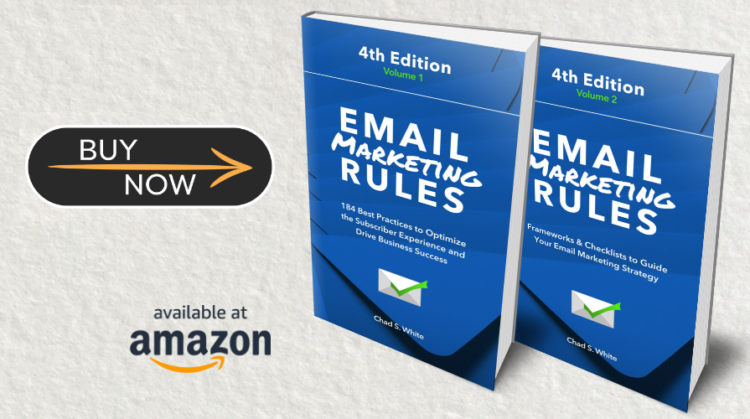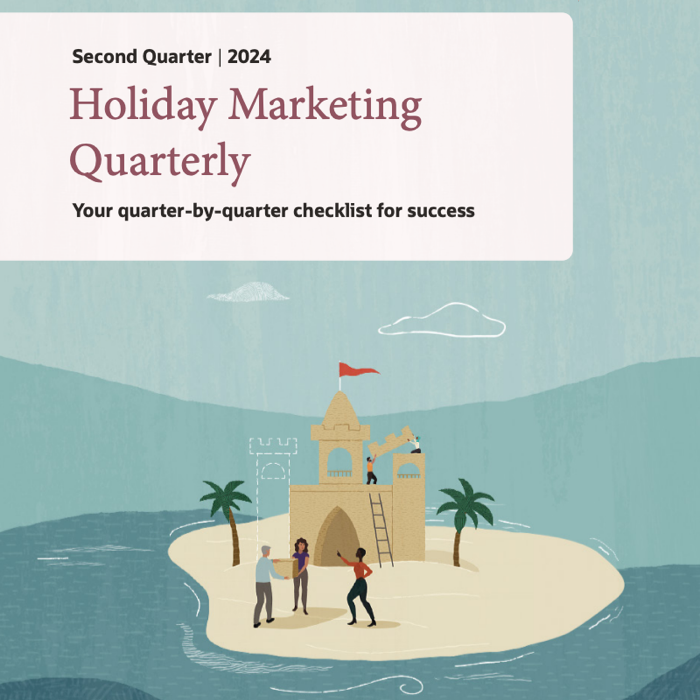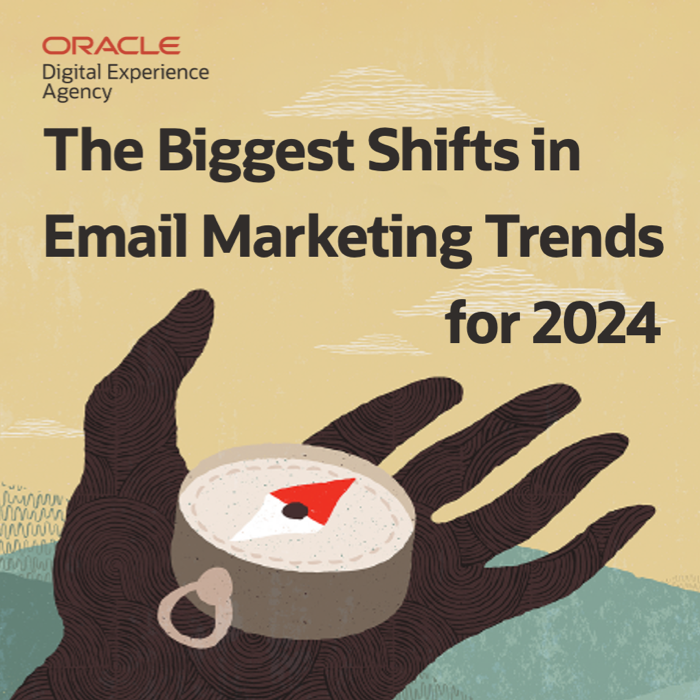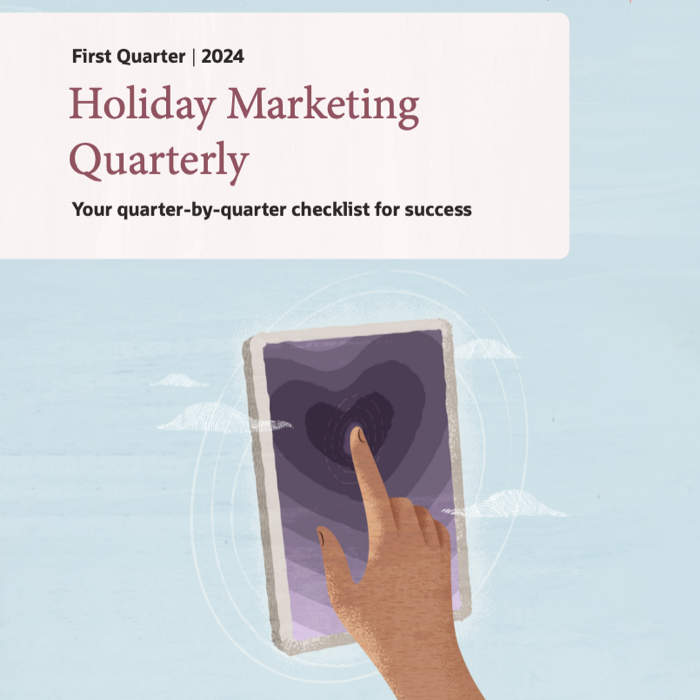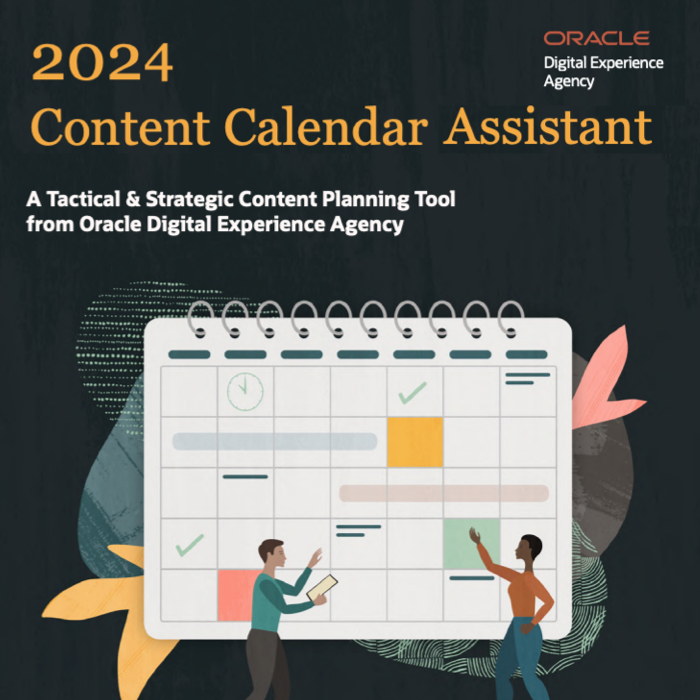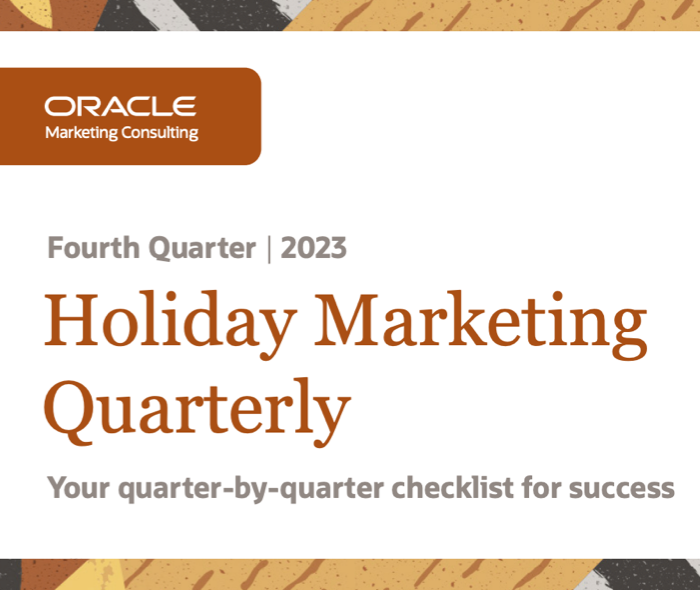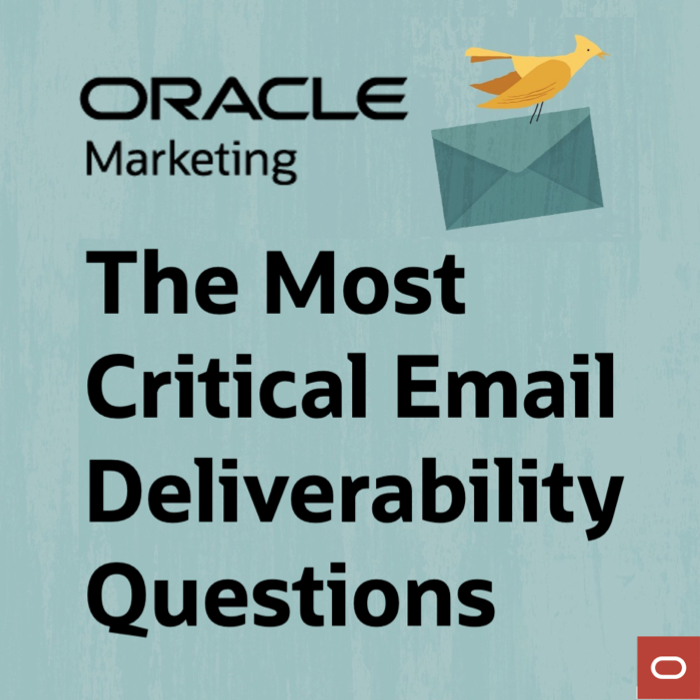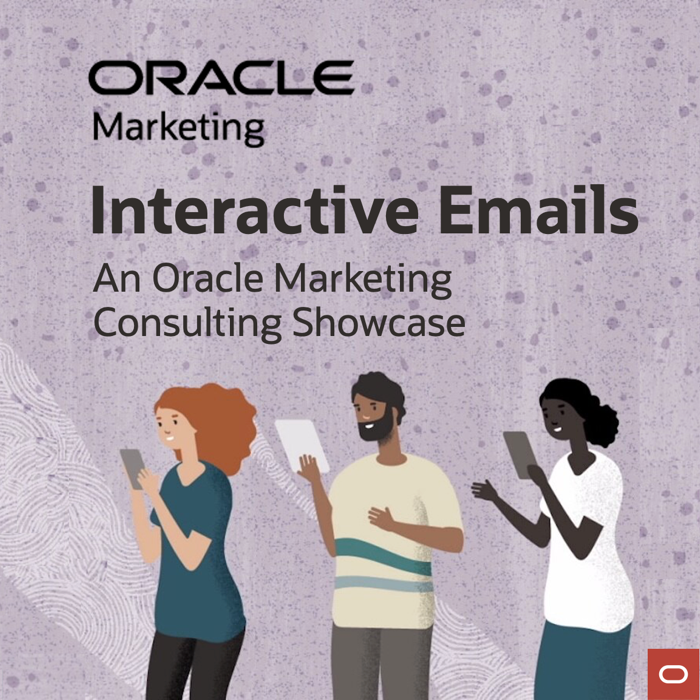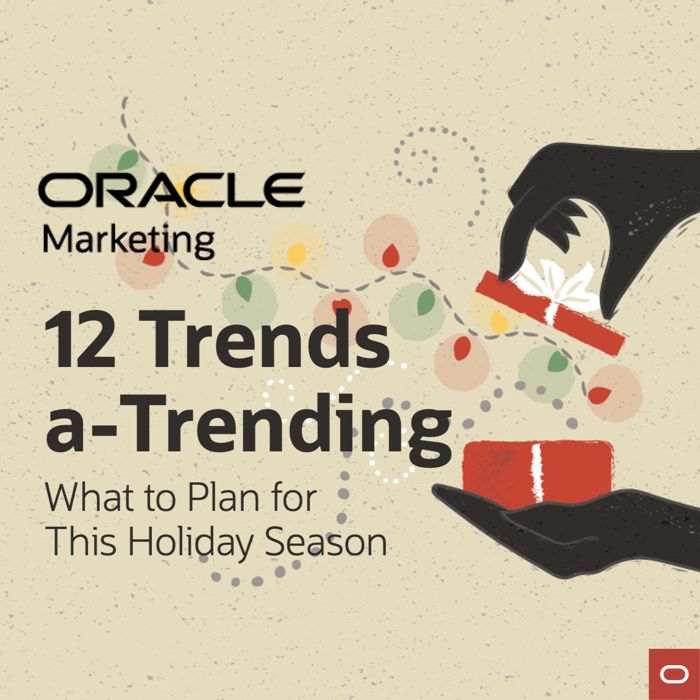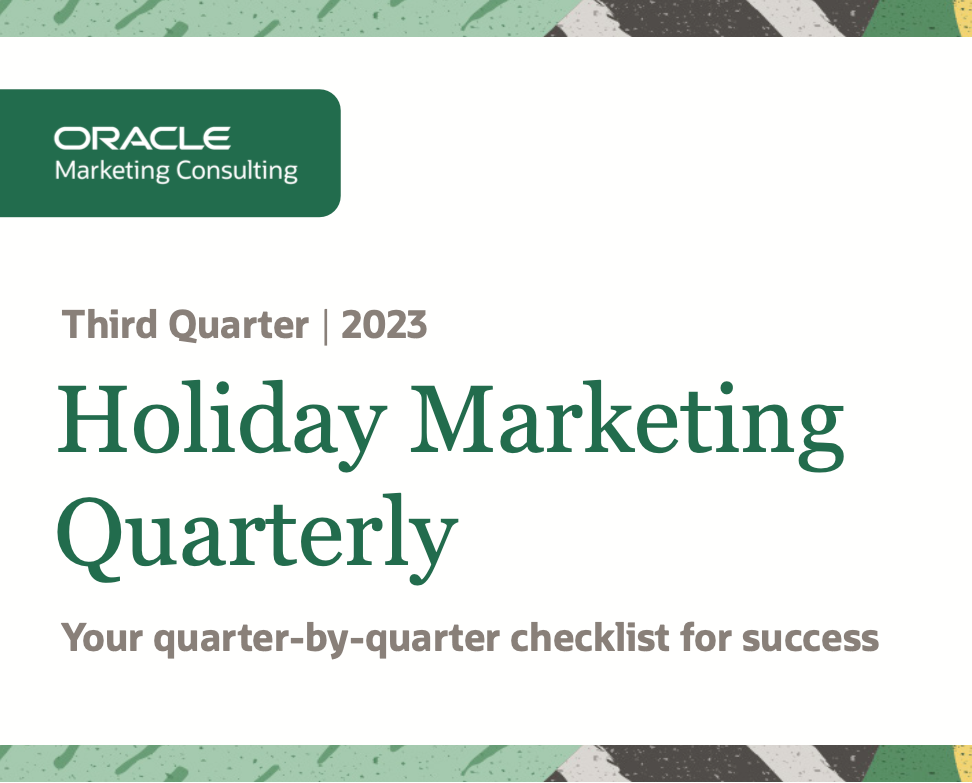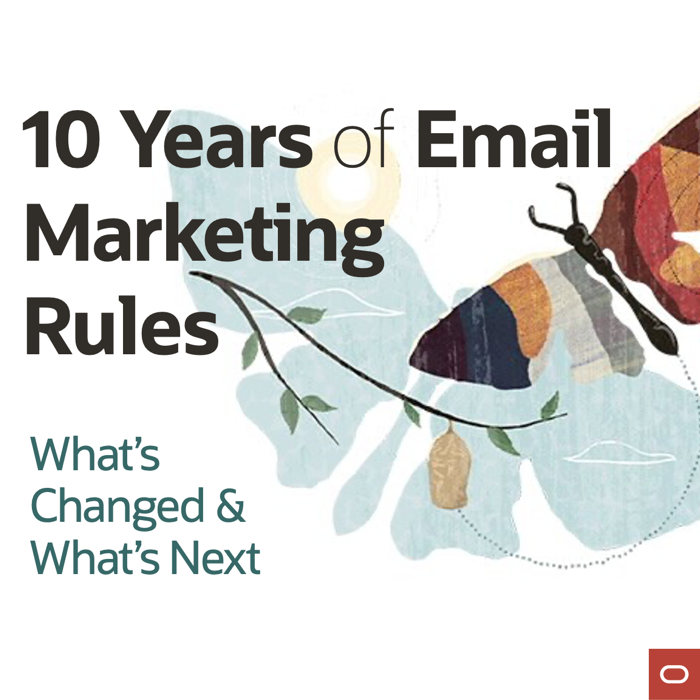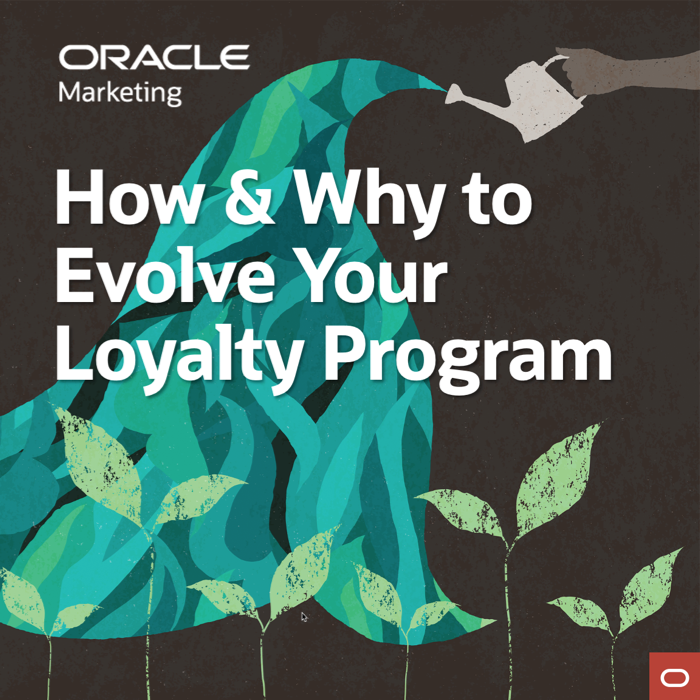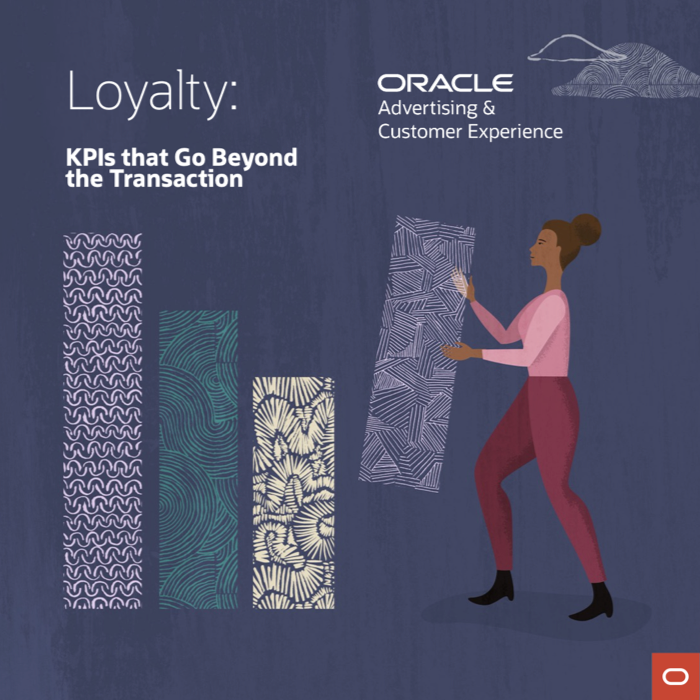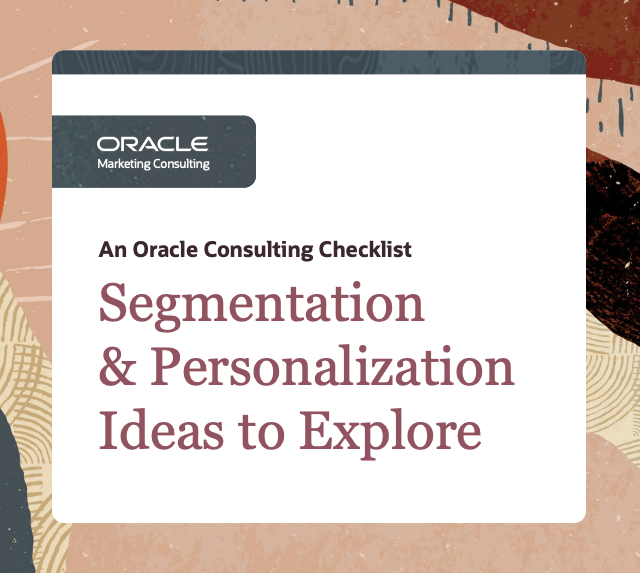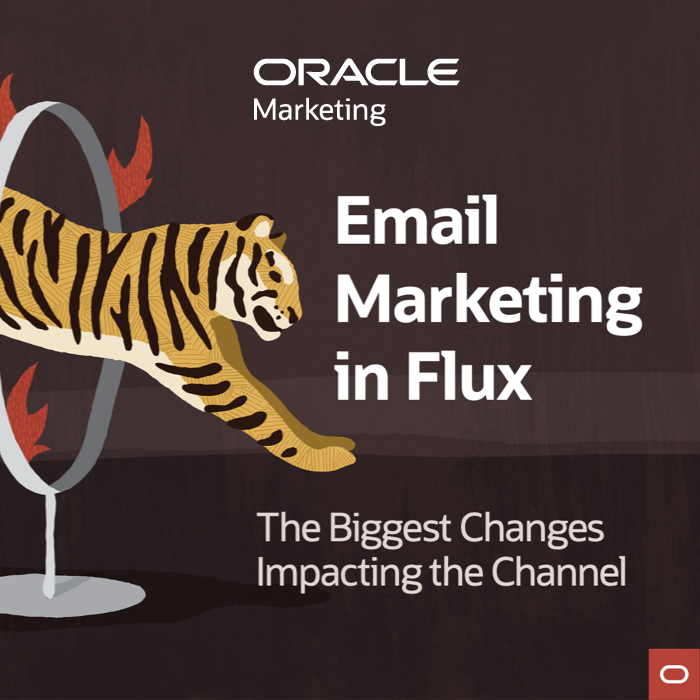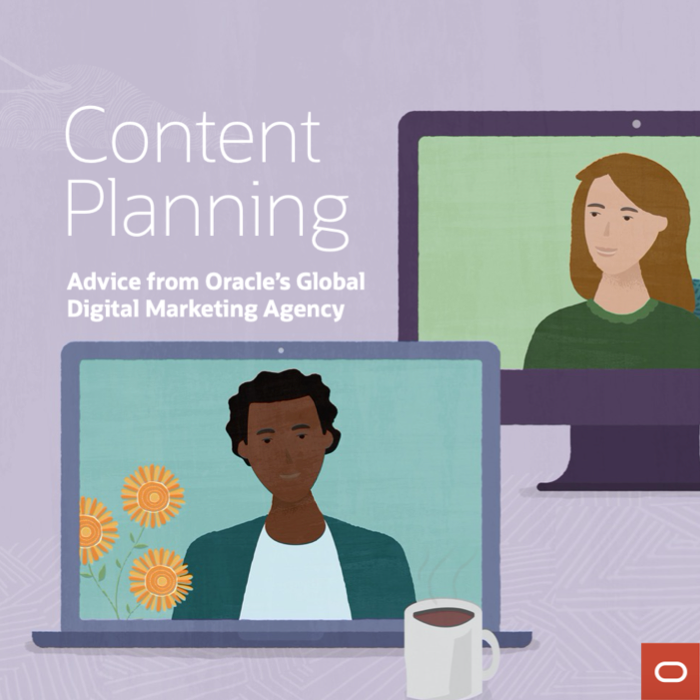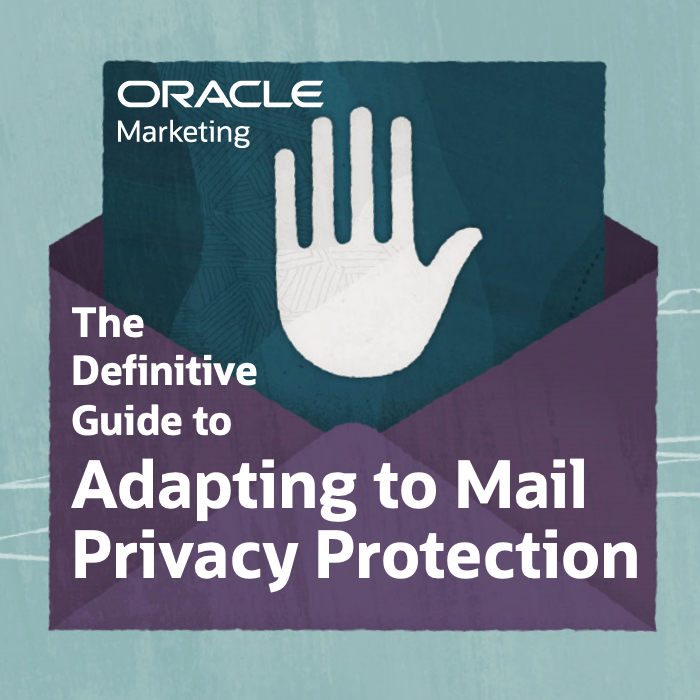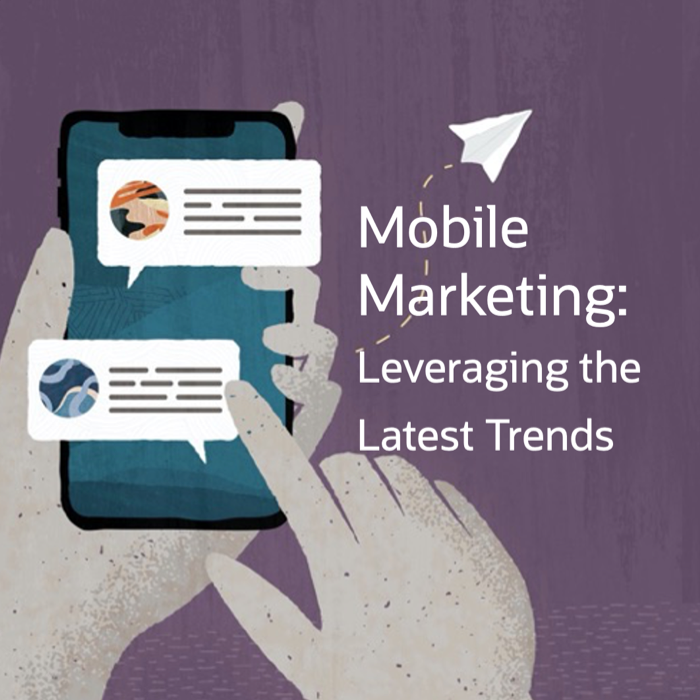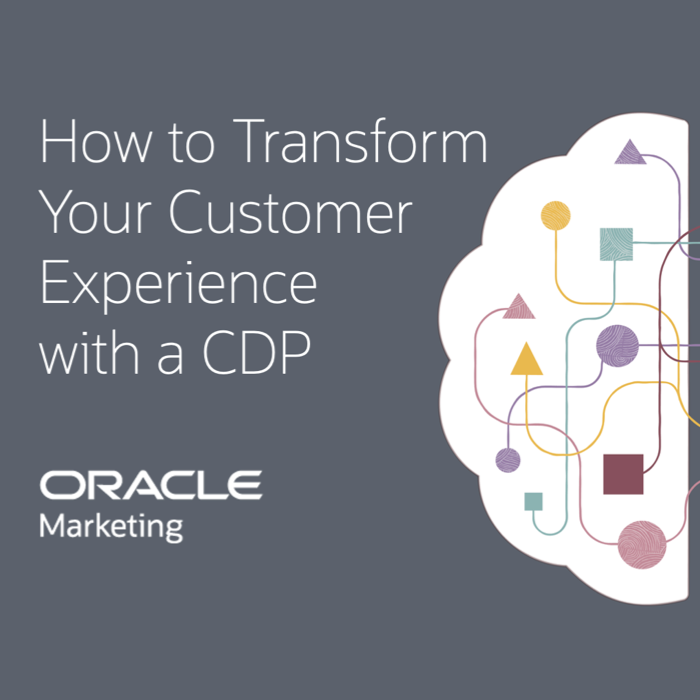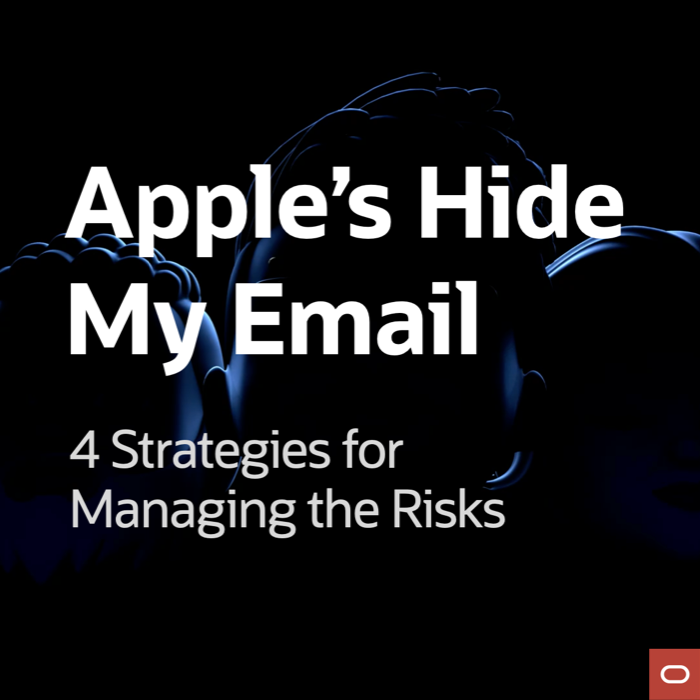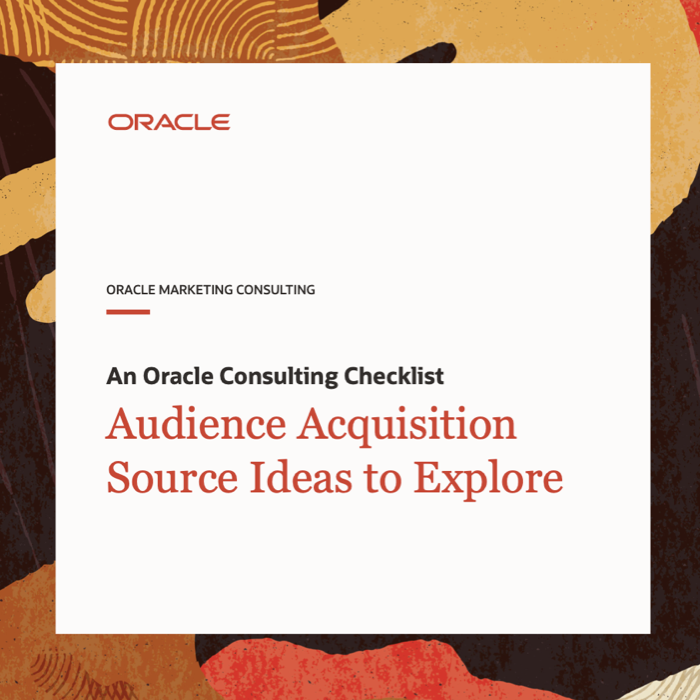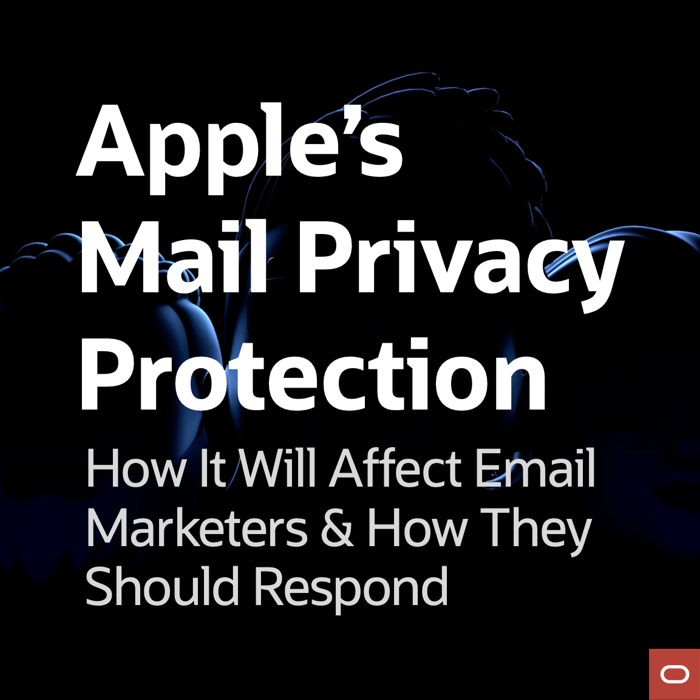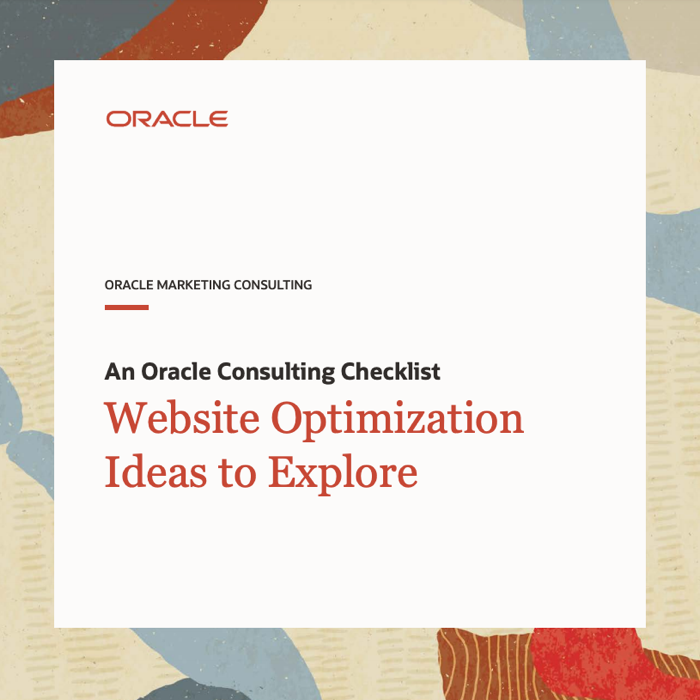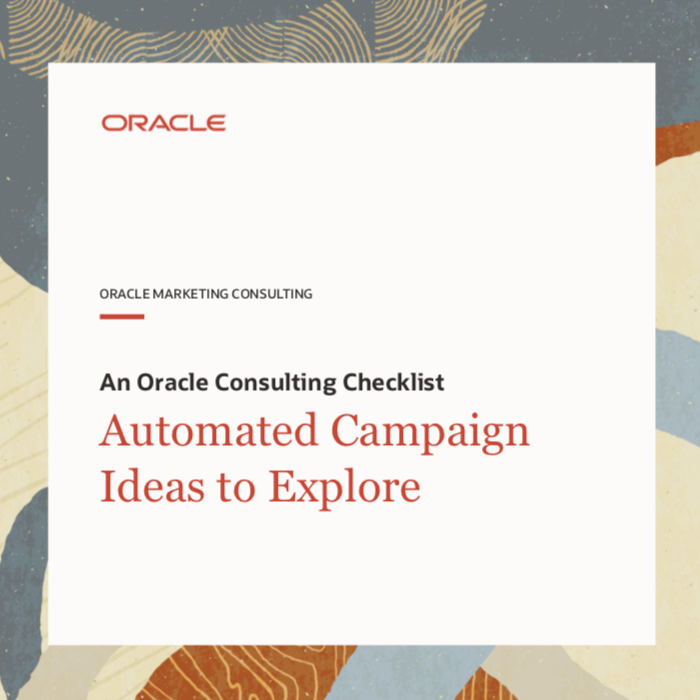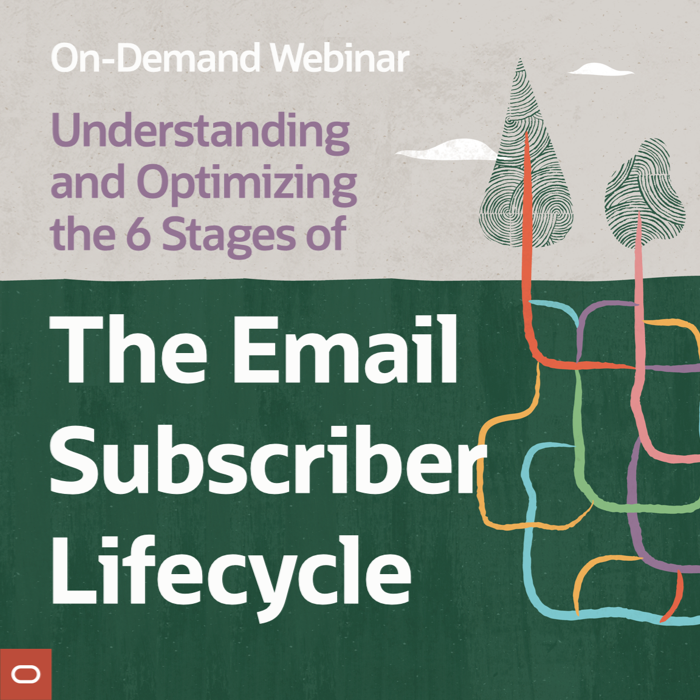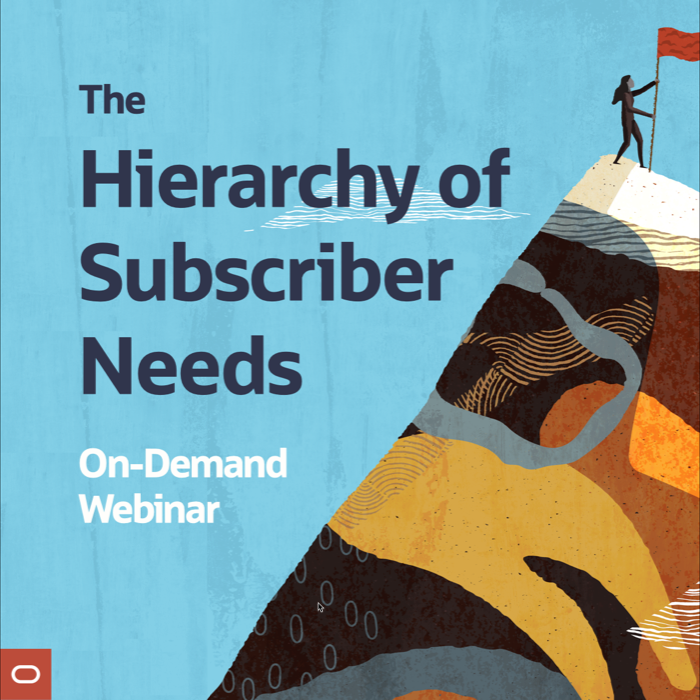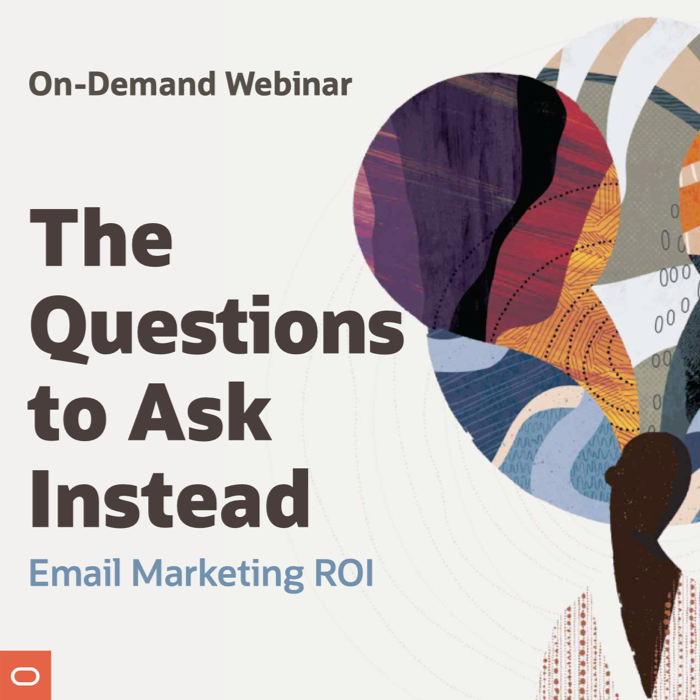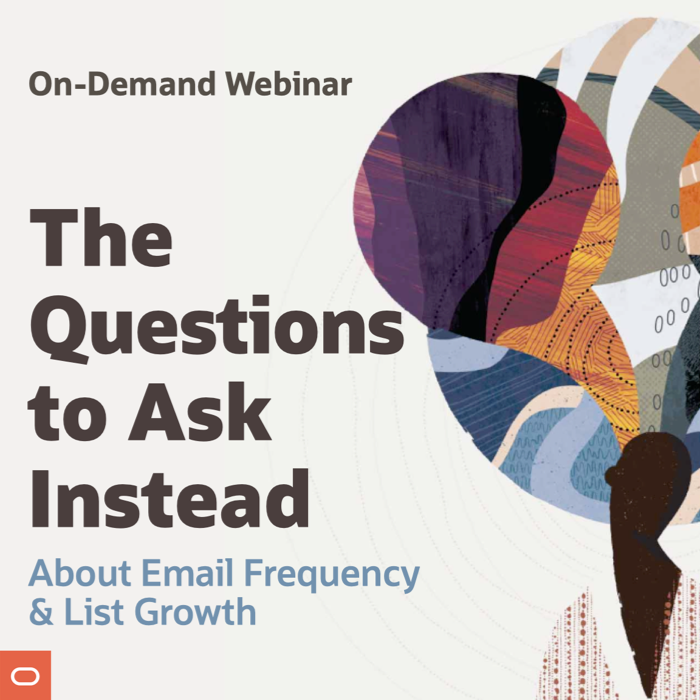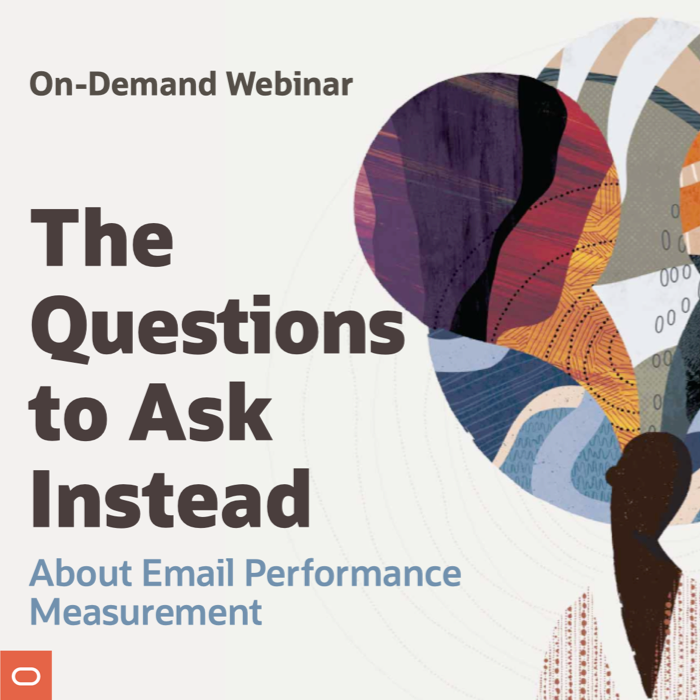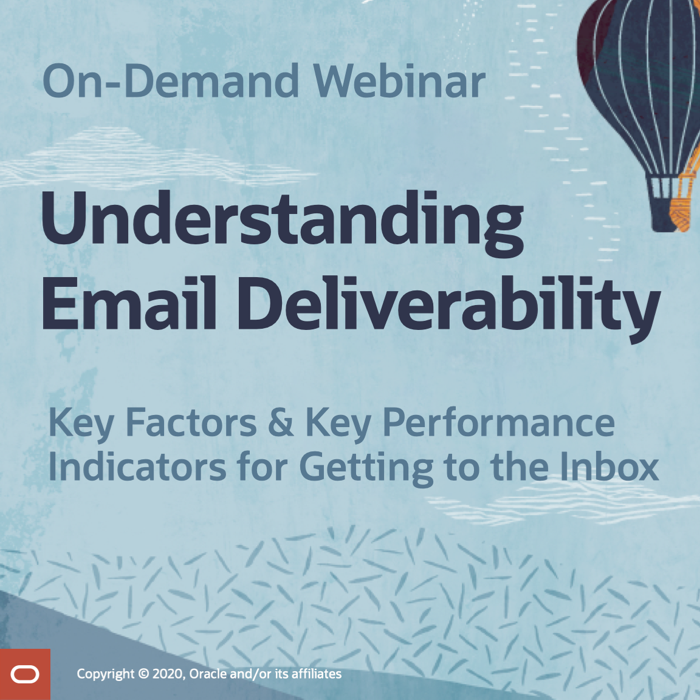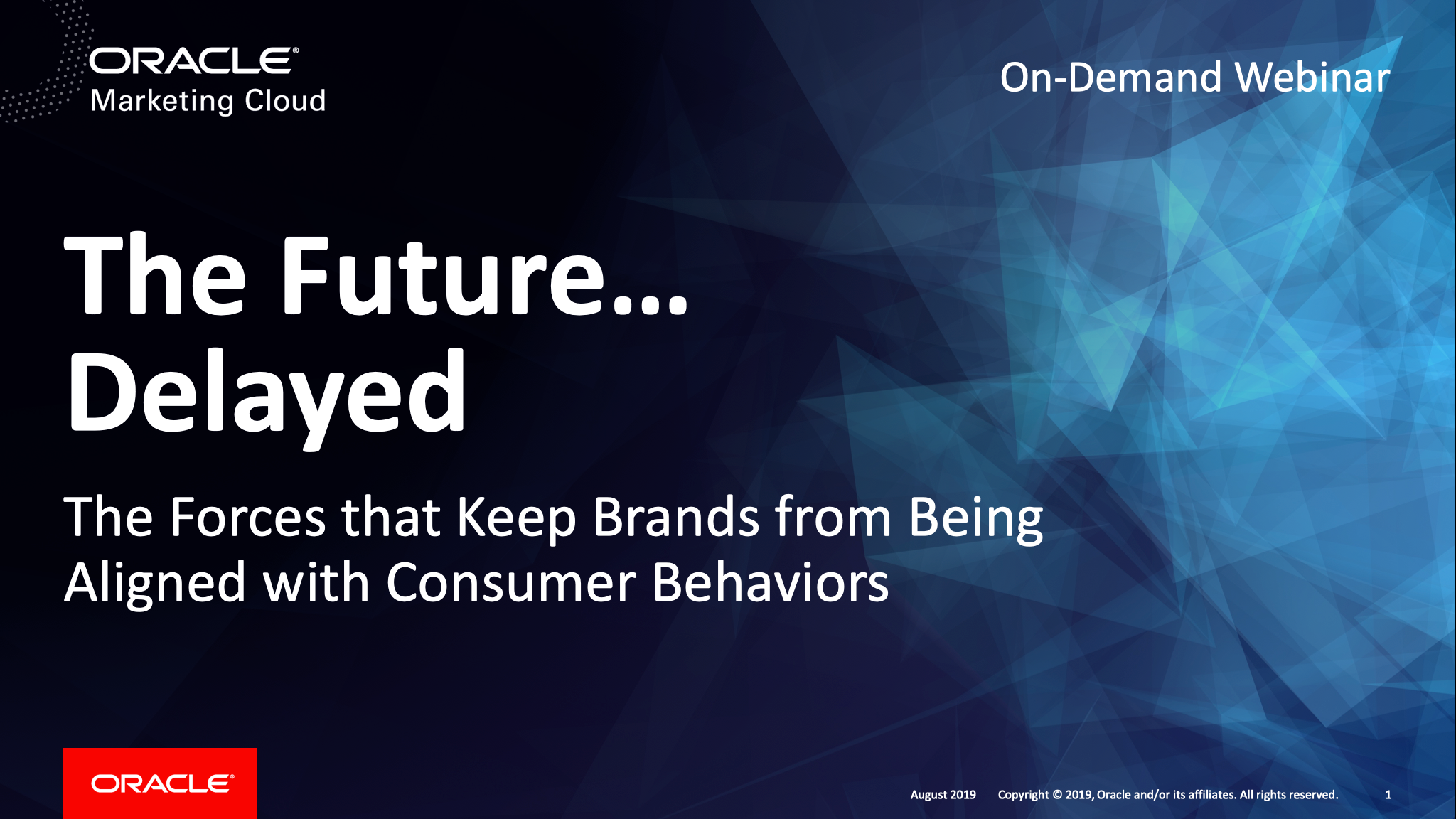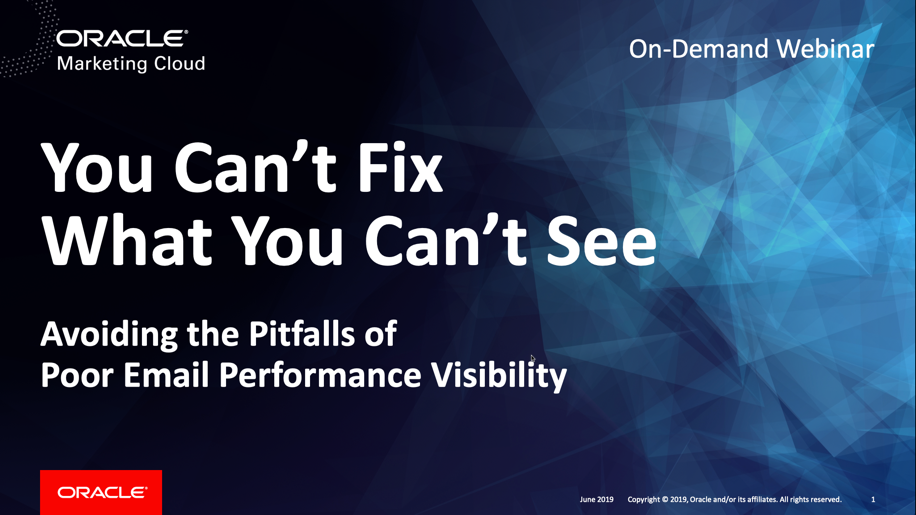Why It’s More Likely Now that We’ll Be Able to FixOutlook
Posted on August 23, 2016
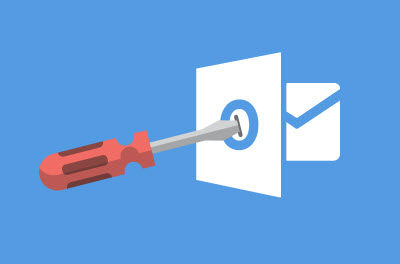 Frustrations with email rendering in Outlook run deep. They date back to 2007 when Microsoft switched its Outlook rendering engine from Internet Explorer to Word, which had—and still has—poor support for HTML and CSS.
Frustrations with email rendering in Outlook run deep. They date back to 2007 when Microsoft switched its Outlook rendering engine from Internet Explorer to Word, which had—and still has—poor support for HTML and CSS.
Those frustrations boiled over with the FixOutlook.org Project, which Campaign Monitor started in 2009. Aimed at getting Microsoft’s attention, the effort generated more than 24,000 tweets—including several from me—that were turned into a giant poster that was sent to Microsoft’s VP of Office.
The effort drew national media coverage and did succeed in eliciting a response from an understandably defensive Microsoft, which essentially said that they weren’t prepared to make any changes at that time. The release of Outlook 2010, which had basically the same rendering as Outlook 2007, confirmed Microsoft’s position.
Flash forward to Aug. 16, 2016, when Microsoft and Litmus announced a partnership to improve rendering in Outlook. Some people have asked: Why did this take so long? What’s different now?
Actually, quite a lot.
>> Read the full post on the Litmus blog
Marketing Tips to Drive Holiday Sales & Revenue
Posted on August 18, 2016
 The holiday season is on the horizon. Along with 19 other experts, BigCommerce asked me for my top tip for a successful holiday season. My top holiday marketing tip was:
The holiday season is on the horizon. Along with 19 other experts, BigCommerce asked me for my top tip for a successful holiday season. My top holiday marketing tip was:
Start planning now! The majority of brands don’t plan their holiday email marketing campaigns more than 2 months in advance, according to our State of Email Production report. That’s a missed opportunity, given how much revenue is at stake and the additional production workload that occurs during the holiday season.
On average, retailers increase their email frequency to their subscribers by roughly 50% during November and December, compared to non-holiday months. That’s a lot of extra emails that have to get designed, coded, and QAed. Starting early can help marketers avoid rushing later.
BigCommerce also collected great holiday marketing tips from:
- Alex Birkett, Growth Marketer and Content Strategist, ConversionXL
- Jamie Turner, CEO, 60 Second Marketer
- Jason Dea, Director of Product Marketing, Intelex Technologies
- Jeff Sauer, Founder and Lead Instructor, Jeffalytics
- Jana Skulinova, Marketing Manager, MonkeyData
- Richard Lazazzera, Founder, A Better Lemonade Stand
- Ryan BeMiller, Founder, Shopping Signals
- Alex McEachern, Loyalty Marketing Specialist, SweetTooth
- Ashley Suarez Wood, Content Marketer, Packlane
- Raheem Sarcar, Founder and CEO, RewardCamp
- Sarah George, Enterprise Account Manager, BigCommerce
- Susannah Morris, Industries Marketing Specialist, HubSpot
- Timi Garai, Content Marketer, Antavo
- Joel Cherrico, Founder, Cherrico Pottery
- Andrew Youderian, Founder, EcommerceFuel
- Luke Guy, Blogger and Entrepreneur, LukeGuy.com
- Zach Heller, Marketing Consultant, Zach Heller Marketing
- Daniel Clutterbuck, Ecommerce and Social Media Strategy Consultant
- David Potts, CEO, SalesWarp
For all the great advice…
>> Read the entire post on the BigCommerce blog
Teaching the Email Marketer How to Fish
Posted on August 11, 2016
 Do you know what email marketing success looks like? Are you sure? Adobe just published a new interactive ebook that explores…
Do you know what email marketing success looks like? Are you sure? Adobe just published a new interactive ebook that explores…
- What email metrics marketers should use to define success
- How success will be redefined over the next 5 years
- The barriers to email marketing success
- How the C-suite and email marketers can overcome these barriers
In addition to some contributions from me, the ebook has stellar advice from some email marketing greats, including:
- Simms Jenkins, CEO of BrightWave
- David Daniels, CEO and Founder of The Relevancy Group
- Laura Atkins, Owner of Word to the Wise
- Karen Talavera, President of Synchronicity Marketing
- Andrew Barrett, Director of Global Deliverability at Adobe
Here are a couple of tips of mine that didn’t make it into the ebook:
A successful email program is one that serves subscribers’ needs while fulfilling the brand’s goals—whether that goal is awareness, lead nurturing, customer loyalty, or something else. Because email marketing is about mutual benefit, activities that demonstrate that the brand is listening to its subscribers are key.
Many brands still set the wrong goals for their email marketing programs. Aggressive unqualified list growth goals are among the most damaging long-term, but campaign-oriented goals around open and click rates can similarly lead to the adoption of harmful, short-term tactics. Marketing executives need to set goals around open reach, click reach, and subscriber lifetime value that set the brand up for channel-level and subscriber-level success.
>> Read Adobe’s “Teaching the Email Marketer How to Fish”
Holiday Email Marketing: 4 Reasons to Start Planning Now!
Posted on August 10, 2016
 Black Friday, the unofficial start of the holiday season, is just a little more than three months away—and 80% of marketers haven’t begun planning their holiday email marketing campaigns yet.
Black Friday, the unofficial start of the holiday season, is just a little more than three months away—and 80% of marketers haven’t begun planning their holiday email marketing campaigns yet.
Here are four reasons that email marketers should be planning further out for peak season campaigns like holiday campaigns:
- Most retailers send roughly 50% more email campaigns during the holiday season than during non-peak months
- Key campaigns for days like Cyber Monday can involve extra planning
- It takes extra time to design and code season email elements like holiday headers and gift services footers
- Triggered emails should be QA’d and updated going into the holiday season
>> Read the full post on the Litmus blog
Responsive-Aware Email Design’s Growing Appeal
Posted on August 9, 2016
 Several years into the Age of Mobile, brands are finally catching up to consumers, who have been well ahead of them in adopting a mobile. Spurred by Google penalizing websites that aren’t mobile-friendly in search results, 93% of B2C brands now have websites that render and function well on desktops and smartphones, according to joint research between Litmus and Salesforce. And driven by the fact that the majority of emails are now opened on mobile devices, 77% of B2C brands now send mobile-friendly emails, up from 56% a year ago.
Several years into the Age of Mobile, brands are finally catching up to consumers, who have been well ahead of them in adopting a mobile. Spurred by Google penalizing websites that aren’t mobile-friendly in search results, 93% of B2C brands now have websites that render and function well on desktops and smartphones, according to joint research between Litmus and Salesforce. And driven by the fact that the majority of emails are now opened on mobile devices, 77% of B2C brands now send mobile-friendly emails, up from 56% a year ago.
Responsive email design—along with, to a much smaller degree, hybrid email design—has become the dominant approach for creating emails that look great and function appropriately across devices big and small. That design approach is used by 50% of B2C brands, compared to 27% using mobile-aware design.
However, not all brands have fully embraced responsive. Some brands are using a mix of responsive and mobile-aware design called responsive-aware design. The percentage of B2C brands using this approach more than doubled over the past year to 20% from 9%.
>> Read the full column on MarketingLand.com
Innovative Partner Interview with Movable Ink
Posted on August 4, 2016
 I recently spoke with Movable Ink, which just integrated Litmus’ Instant Previews into their platform. Here are the questions they asked me:
I recently spoke with Movable Ink, which just integrated Litmus’ Instant Previews into their platform. Here are the questions they asked me:
- How does email marketing fit into the larger digital marketing picture?
- How have you seen email greatly impact your business?
- When is email data most critical to your efforts: During the planning process; while you’re executing a campaign, so you can change course or allocate more resources; or afterwards, to measure your success?
- What do you see as the single most disruptive force coming to the world of email marketing?
- What excites you most about leveraging contextual marketing as a part of your strategy?
For all of my answers…
>> Read the full interview on the Movable Ink blog
Production Time Weighs Heavily on Email Design Choices
Posted on August 3, 2016
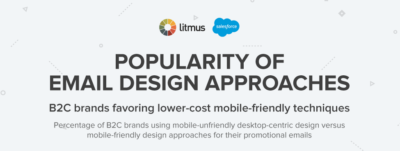 While all the buzz has been around fully responsive and hybrid design, that’s not where the adoption has been. Instead, B2C brands have been adopting mobile-aware and responsive-aware email design.
While all the buzz has been around fully responsive and hybrid design, that’s not where the adoption has been. Instead, B2C brands have been adopting mobile-aware and responsive-aware email design.
- Mobile-aware email design (also known as scalable email design) involves basic coding techniques such as using a single-column layout, large text and images, and large, well-spaced links and buttons to create a single email rendering that’s suitable for a range of screen sizes, but is deferential to smartphones
- Responsive-aware email design involves using responsive email design for the header, navigation bar, recovery module, and footer of an email, and using mobile-aware email design for the rest of the email
Twenty-seven percent of B2C brands have adopted mobile-aware design and 20% responsive-aware design, up from 15% and 9%, respectively, a year ago, according to joint research between Litmus and Salesforce into mobile-friendly trends.
These design approaches have gained favor because they have low production costs compared to more sophisticated mobile-friendly email design techniques.
>> Read the full post on the Litmus blog
The Last Word on July 2016
Posted on August 2, 2016
 A roundup of email marketing articles, posts, and tweets you might have missed last month…
A roundup of email marketing articles, posts, and tweets you might have missed last month…
Must-read articles, posts & reports
Why Most Agencies Stay Away from ROI Metrics (MediaPost)
Understanding The Email ‘Frequency Math Effect’ (MediaPost)
When and How to Create Customer Journey Maps (Nielson Norman Group)
The popularity of personalization by marketing channel #ChartofTheDay (Smart Insights)
7 Tips To Get The Most Out Of Survey Emails (Marketing Land)
Q&A: The Big Email Marketing Questions Answered (Marketo)
Coding mobile-first emails (Campaign Monitor)
Overview of the Enterprise Email Service Provider Landscape (Trendline Interactive)
Outlook helps you focus on what matters to you (Office Blogs)
Insightful & entertaining tweets
@TedGoas: The harsh reality of what it’s like to be an email designer. pic.twitter.com/OyY8t0b7D
@aithne_two: My favourite #pokemongo email so far…great work @firebox! bit.ly/2a5bdLn
@mparkerbyrd: Honestly, if you’re sending long emails getting clipped in Gmail, “How can I stop Gmail from clipping my email?” is the wrong question.
@mparkerbyrd: Seems unnecessary and not user-friendly? pic.twitter.com/lTdexbJU0M
Noteworthy subject lines
Brooks Brothers, 7/4 — Happy 240th birthday, America!
White House Black Market, 7/4 — Red, White(House) and Blue: 40% Off
Levi’s, 7/4 — Red, white & blue jeans.
Barneys New York, 7/4 — The Sneakers Made by Women Right Here in the USA
Michaels, 7/4 — 1st Time EVER For Everyone! 55% Off Coupon – Today Only!
Staples, 7/12 — HURRY! Get up to 25% off YOUR school supplies when you purchase a backpack.
Toys “R” Us, 7/17 —Load Up on Fun! FREE Lunch Kit with ANY Backpack Purchase
Etsy, 7/12 — DIY for kids: Back to school
JCPenney, 7/17 — Back-to-school styles at 40-50% off
Walmart, 7/3 — Student-friendly prices on dorm must-haves
The Swiss Colony, 7/12 — It’s Almost Like Christmas in July
Toys “R” Us, 7/15 — 3 Days to Have Yourself a Merry Christmas in July!
Tiny Prints, 7/17 — 25% Off Ends Soon! It’s Our Christmas in July Sale
GolfSmith, 7/29 — Black Friday Savings in July Starts NOW!
Gilt, 7/13 — NY Men’s Fashion Week Begins. See It Now, Shop It Now.
ThinkGeek, 7/14 — ThinkGeek aims to catch ’em all at SDCC!
Lego, 7/22 — Celebrate the 2016 Ghostbusters™ Movie launch with these LEGO® sets!
Cold Stone Creamery, 7/17 — Do Yourself a Flavor and Celebrate National Ice Cream Day with Cold Stone!
Horchow, 7/17 — Sweet! Delightful ways to celebrate National Ice Cream Day
NFLshop, 7/30 — Celebrate Training Camp Season w/ Free Shipping No Minimum!
MAC Cosmetics, 7/14 — Be the Queen of the Jungle with Exotic Shades Inspired by an AFRICAN SAFARI. Plus Free Shipping
Lands’ End, 7/17 — Sun protection advice from our sunburn-prone friend + up to 65% off
Threadless, 7/22 — $*%! it’s hot!
Banana Republic, 7/1 — Short on sleeves, long on summer style
Victoria’s Secret, 7/1 — No straps attached
Epicurious, 7/13 — BBQ’s Most Controversial Condiment
J.Crew, 7/3 — 135 swim styles. Zero fitting-room mirrors.
GapKids, 7/2 — Photo credit: Mom
Chipotle, 7/1 — Did Someone Say FREE Burritos? Chiptopia has begun.
Brooks Brothers, 7/8 — Ready to “check” out? Shop gingham sport shirts
Nissan, 7/7 — Find out when the 2017 TITAN is ready to go
Carnival Cruise Line, 7/30 — Save BIG + get a first look at Carnival’s next ship!
The Shopping Channel, 7/15 — Need A Nail Makeover?
Feeding America, 7/12 — Thinking about lunch? So are we.
Under Armour, 7/12 — Our Joggers Are Everywhere
ModCloth, 7/16 — Eat, drink, & be married!
Lululemon Athletica, 7/4 — livin’ la #vidasuada
Jetsetter, 7/14 — Don’t Let Your PTO Go to Waste
New posts on EmailMarketingRules.com
Verizon Acquires Yahoo, Uniting AOL and Yahoo Email Clients with Verizon’s Mobile Smarts
B2B Marketers’ Emails Need to Be More Targeted
Marketing Chat about Email of the Future
The Dangers of Conversion Inflation
Infographic: 2016 Mobile-Friendly Email & Landing Page Trends
Posted on August 1, 2016
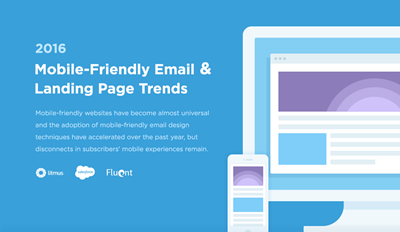 Consumer adoption of mobile devices and the accompanying shift in online behavior has consistently outpaced brands’ ability to deliver mobile-friendly behavior. But major progress has been made over the past year, according to joint research by Litmus and the Salesforce Marketing Cloud.
Consumer adoption of mobile devices and the accompanying shift in online behavior has consistently outpaced brands’ ability to deliver mobile-friendly behavior. But major progress has been made over the past year, according to joint research by Litmus and the Salesforce Marketing Cloud.
Our research found that mobile-friendly websites have become almost universal and that the adoption of mobile-friendly email design techniques accelerated over the past 12 months. We also found that the percentage of B2C brands with both mobile-friendly websites and mobile-friendly emails surged, significantly reducing the number of disjointed mobile experiences that consumers experience.
That’s the good news. The bad news is that all of this progress has recalibrated consumer expectations, making them hostile and punitive when they encounter emails and landing pages that aren’t mobile-friendly, according to joint research between Litmus and Fluent.
Our research, which is summarized in this infographic, details the progress that’s been made and highlights the growing risks for brands that have yet to embrace the Age of Mobile.
>> View the infographic on the Litmus blog
Verizon Acquires Yahoo, Uniting AOL and Yahoo Email Clients with Verizon’s Mobile Smarts
Posted on July 25, 2016
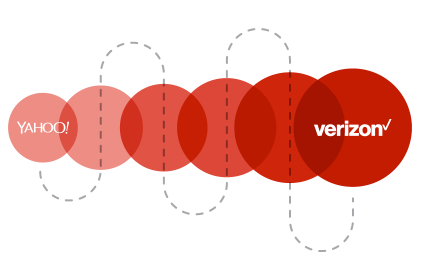 Driving further consolidation in the webmail space and setting themselves up to push harder into the mobile email space, Verizon acquires Yahoo for $4.83 billion. The move comes a little over a year after Verizon acquired AOL for $4.4 billion.
Driving further consolidation in the webmail space and setting themselves up to push harder into the mobile email space, Verizon acquires Yahoo for $4.83 billion. The move comes a little over a year after Verizon acquired AOL for $4.4 billion.
Uniting the email muscle of AOL and Yahoo could give Verizon a leg up in its battle with Microsoft for the No. 2 spot among webmail clients with the most market share. (Gmail has a firm grasp on the No. 1 spot.)
But the more interesting action is likely to occur in the mobile email space. Both AOL and Yahoo have struggled in a mobile world, but Verizon understands this world well and through its cellular service business has access to smartphone home screens.
 Email Marketing Rules
Email Marketing Rules


